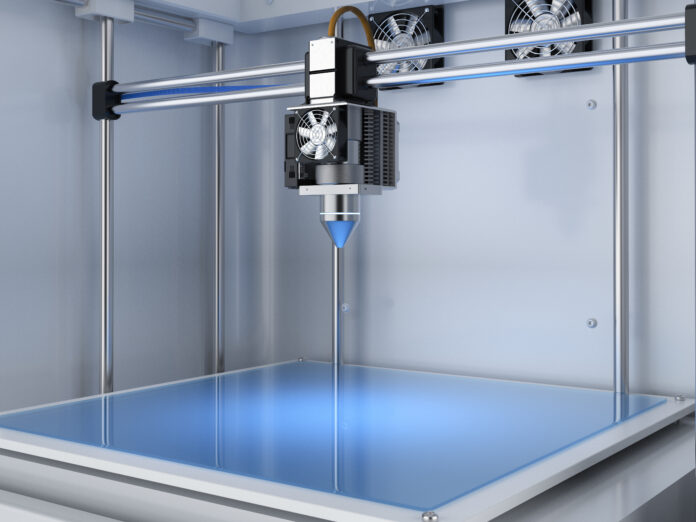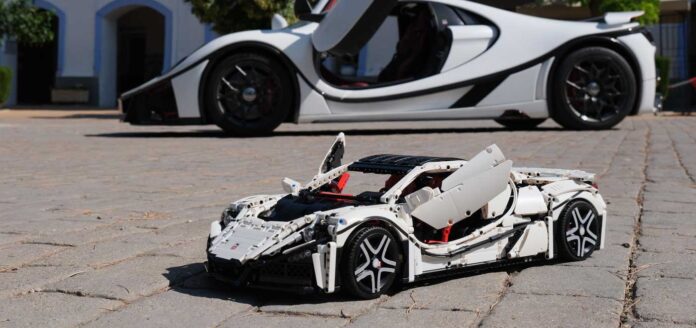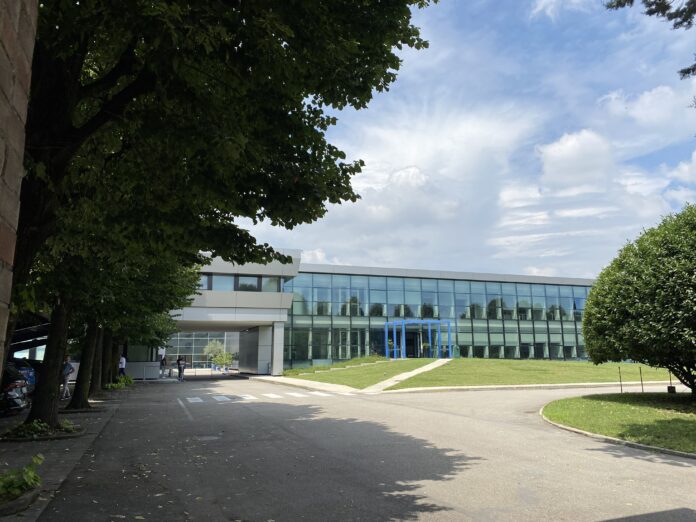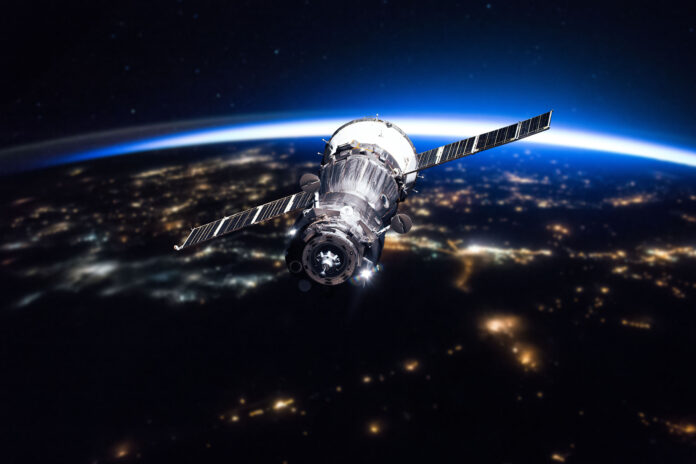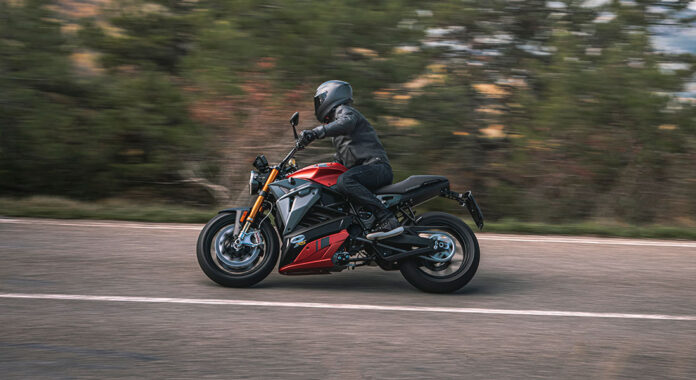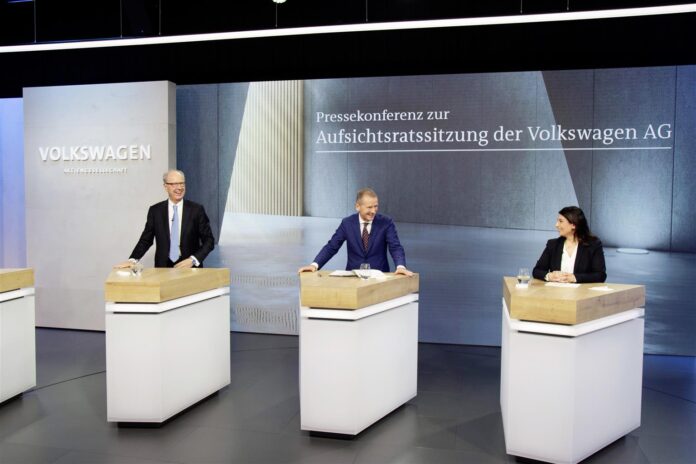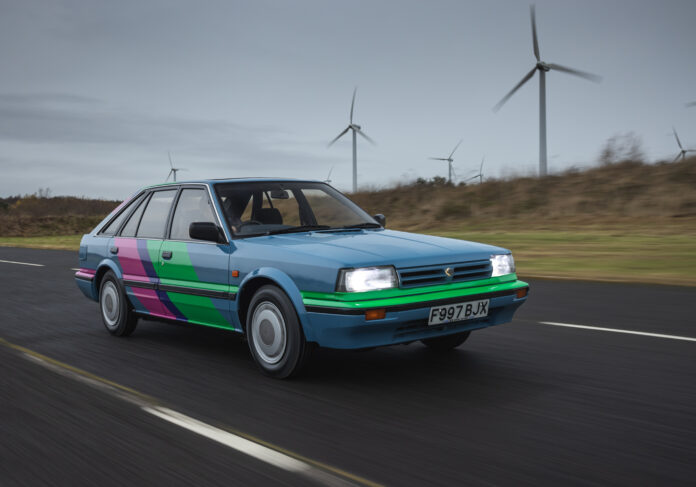Can 3D printing of copper share in gaining a competitive edge by improving the efficiency of an electric motor? The answer comes from EOS, top player in the 3D printing of polymers and of metals with laser sintering technology for the aeronautical, automotive, oil & gas and medical sectors.
In additive manufacturing processes, copper can be used in three different versions: pure copper, the copper-chromium-zirconium alloy and the copper-nickel-silicon-chromium alloy. EOS has used copper in its pure version to produce electric motors by means of additive manufacturing. The result was positive indeed: performances have improved by 45%.
The preliminary condition? Using copper for the additive manufacturing is affected by some criticalities because it is an ambivalent material with features that provide great opportunities but at the same time some hindrances; an example is constituted by the electric and thermal conductivity that make it very interesting but also hardly processed. However, if such obstacles are overcome, copper can be used in manifold applications highly successfully.
3D printing of copper for more efficient electric motors
Lego model with 10 electric motors
It is the quickest in the world and it can reach 36.5 Km/h. We are speaking of a Lego model that reproduces GTA Spano, the iconic Spanish hypercar dating back to 2013 produced in just 99 units. The creation comes from BuWizz, company specialized in the creation of electric motors for Lego models: the car was reproduced in scale 1:8 with the most famous bricks in the world and can travel by means of 10 electric motors and various gears, supplying to GTA Spano. However, what about Buwizz? The idea stemmed by playing with 9398 4×4 Crawler model. “Why not controlling it with the smartphone? Therefore, in 2013 the first prototype was born – explained Roni Leben, CEO & founder of BuWizz – We figured out that even though smartphone control is cool, it still does not solve the performance issue – the 9398 and other models were relatively slow and underpowered. We brainstormed about ways to get more performance out of existing Power functions motors and it quickly became apparent we need to have our own power source, more powerful than original batteries. We decided to add a battery and power boost electronics to our smartphone-controlled device. Originally called PowerBrick, the first BuWizz prototype was born».
Electric marine motors in Ischia
Ischia Green Rent is a group of 12 rental companies that in the lapse of few years are going to offer just electric vehicles to be rent to tourists, as well as to Ischia inhabitants. Recently, the player has operated towards this direction to decrease the noxious emissions produced by conventional marine motors, launching in water E’dyn electric boat.
The project to make the electric boating arrive in Ischia is more articulated and includes also the E-concept column, charging pole specially designed to be installed on the pier and on other sites, and Automobility Green company, which is implementing with other partners this conversion project of motors that involves the world of excursions and small sea cruises along and around this enchanting island.
With the 20-kW outboard, Ischia Green Rent stakes on environmental benefits: lower noise and minor vibrations assure a comfortable navigation, preserving a clean sea.
Electric motors in the forefront in the struggle against the climatic change
The necessary technologies for the energy efficiency enhancement are already available and today they have reached the necessary maturity for the change, but companies’ awareness is missing. Precisely for this reason, last March ABB gave birth to the Energy Efficient Movement.
In this context, the president of ABB Motion, Morten Wierod, underlined how motors and drives can fundamentally contribute in the energy efficiency enhancement.
«With over 300 million motors and drives used daily worldwide, the time has come of exploiting at best their environmental and sustainability benefits. – affirmed the President – In terms of omnipresent technology, motors and drives must be on the top of the list. There is not almost any aspect of our daily life that is not touched by them. Variable-speed electric motors and drives really influence our modern lifestyle, even if the vast majority of us do not ponder it daily».
Let us see data: electric motors consume about 45% of the global electricity and in 2020 ABB installed bases or motors and drives saved over 198 terawatts-hour of energy. Within 2023, they estimate that the expansion of this installation will help ABB customers to save further 78 terawatts-hour yearly.
An example of a project where significant savings were achieved was in Queensland, in Australia, where a producer of foods and drinks has achieved the 14% reduction of its energy consumption through the modern technology of the synchronous reluctance motor.
An Academy for sustainable mobility managers
Smtc Academy is one of the first concrete actions of the new Sustainable Mobility Pole in Turin: a high-educational national school and a didactic and laboratory offer structured in modules for 300 hours overall, targeted to train managers to manage the new mobility challenges.
The course can be enjoyed in hybrid modality (in presence or from remote) for 5 months of attendance in all, addressing the middle management of the public and private sector, with special focus on all those roles where the technological component is combined with the planning and development one in the mobility issue. The mission consists in forming and updating the competences of various professional figures, ready to manage the new challenges connected with the sustainable mobility, meant as development and spreading of new innovative concepts of transport means and/or services in various environments: roads, rails, navigable waters and air.
Iodine electric propulsion in the space
Neither the space research ever stops. Here is a new electric motor tested for the propulsion of a satellite in the space, pioneer in using iodine to convert electrical energy into ionic propulsion. It is a solution that might become the alternative to xenon and solve the problem of the space rubbish.
The vehicle, launched in 2020, is CubeSat, a type of miniaturized satellite that weighs around 20 kg, protagonist of a mission that might pave the way to a new generation of smaller and cheaper space crafts.
Full in-orbit operation of a satellite powered by iodine gas has now been carried out by space tech company ThrustMe, and the technology promises to lead to satellite propulsion systems that are more efficient and affordable than ever before.
Xenon, currently the main ionizable propellant used for the electric space propulsion, is scarcely present in nature and very expensive. Iodine, on the contrary, is significantly more abundant and cheaper, and can also simplify the power supply of satellites that are in the low earth orbit. Currently, the vast majority of small satellites that are in orbit around the Earth miss the propellent and without propulsion, satellites remain in the space, actually operating as debris. In this scenario, space crafts that use iodine might make the difference.
The development of the innovative platform by Energica Motor Company
In the ambit of the announcement of the Regional Operational Programme European Regional Development Fund 2014-2020 Emilia-Romagna, are also framed Energica Motor Company and Simesi, Research for the Efficiency and Safety Improvement System of an electric vehicle with 2 or more wheels. The competitive arena of this market is moderately fragmented and is composed by both small electric bike producers and by big players in the motorcycle industry, currently in a prototype phase and able to offer a single niche product. In a market still highly fractioned and with steeply rising expected volumes, EMC features a top ranking it is going to strengthen and to expand through a new evolutionary step in the technologies connected with electric propulsion systems and with the solutions for the safety and driveability of its own motorcycles. R&D Simesi project precisely aims at developing an innovative electric powertrain platform to enable the diffusion of the electric mobility, by introducing an increase of performances in the electric motorcycles of the range. The electric modular propulsion platform can be reconfigured and provides high performances, easily customizable for different electric mobility applications, not in competition with the company’s core business. The primary distinguishing elements of the platform are an innovative control electronics, with advanced functions of energy recovery and power management, a new technology of modular battery packaging, with optimized management of the control functions of charge/discharge and thermal conditioning of energy storage elements, a newly-conceived mechanical transmission with high efficiency and new aerodynamic solutions to develop in electric superbikes the new functions of power control and of increment of the vehicle driveability and safety.
Here is the Planning Round 70 by Volkswagen Group
Volkswagen Group continues the electrification of its European plants and presents the transformation programme of Wolfsburg site, headquarters and manufacturing reference of the brand.
We are in the ambit of the Planning Round 70, with which the company further proceeds with the electrification of its European factories, to pursue the target of becoming top player in the global market of electric mobility by 2025.
With 56%, that is to say 89 billion Euros, for the first time future-oriented investments – which will mainly concern electric mobility and digitalization – will represent the share of overall investments, amounting to 159 billion Euros. Volkswagen Group foresees that within 2026 one vehicle out of four sold will be equipped with an electric battery propulsion system.
«The decisions approved – stated Hans Dieter Pötsch, President of the Supervisory Board of Volkswagen AG – today show with how much determination we are continuing the transformation of Volkswagen Group. Our investments will be focused on the future of mobility, in all of its fundamental aspects, and on the systematic implementation of the strategy. Our extremely robust and sound financial basis allows us to finance autonomously the necessary investments. For this reason as well, we are highly confident that these choices will lead Volkswagen Group to the future success ».
With the global shift to electric of its European factories, Volkswagen Group is going to generate further synergies and exploit scale economies. The Group will invest about 21 billion Euros in Lower Saxony plants; most of them will be addressed towards manufacturing sites and componentry plants.
Nissan celebrates history with the future
To celebrate the 35 years of Sunderland factory, Nissan has thought of converting a Bluebird, the first car manufactured by production lines in 1986, from thermal car to 100% electric car called Newbird.
The petrol engine and the original gearbox have been removed and replaced by a motor, an inverter and a 40kWh battery by LEAF. The battery modules have been split between engine compartment and trunk, to distribute weights in balanced manner. Power steering, brakes and heating system have been modified to be electrically powered and customized suspensions have been installed to support the additional weight of the battery pack.
In this regard, the battery socket is accessed from the original fuel flap, and the first can be recharged up to 6.6kW. The original dashboard has been adapted, so that the instrument that previously indicated the fuel level now shows the battery charge status.
The shift from thermal to electric car was managed by Kinghorn Electric Vehicles, a family-owned company headquartered in Durham, specialized in the conversion of vintage cars, by using LEAF second-life motors, inverters and batteries.
In conformity with the new long-term Ambition 2030 plan, Nissan will be a fully sustainable company, which will share in creating a cleaner, safer and more inclusive world. Such vision supports Nissan’s goal of reaching the carbon neutrality in the whole lifecycle of its products within the 2050 fiscal year.
Hand in hand with the presentation of Ambition 2030, Nissan has revealed the Chill-Out concept, the state-of-the-art electric crossover that will be implemented in Sunderland.
The investments by Mercedes for axial-flux motors
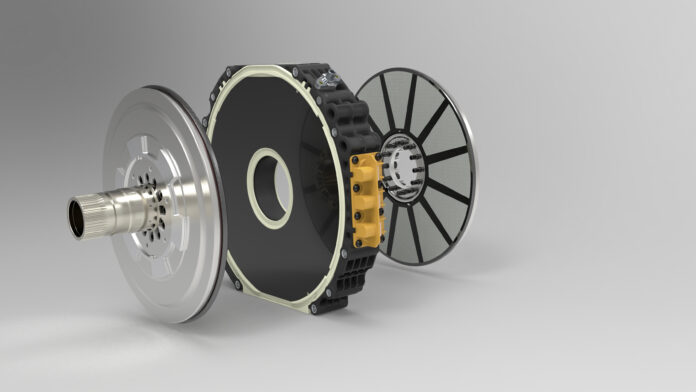
Last summer, Mercedes took over Yasa, British company that produces axial-flux motors. Recent news reveal that the Berlin factory is planning to widen its plant to host a new production line intended for Yasa motors, super-compact and super-efficient units. Works will be accomplished in six years and need an investment exceeding 100 million Euros. Moreover, the work opportunity was seized on the fly also to build the Digital Factory Campus, a structure intended for the development and optimization of new software applications in the ambit of the MO360 programme: pioneering technologies already in advanced implementation phase that in 2022 will start the pre-production.
These last moves clearly show that the Berlin structure for Mercedes is a real focus centre for its digital systems and its electric powertrains.
Jorg Burzer from Mercedes, declared: «The transformation of the automotive industry is more evident in our Berlin site than in any other Mercedes-Benz factory. The shifting from a production site for conventional drive components into a competence centre for the digitalization and the production in the electric mobility field is a significant step for us. With the production of high-performance electric motors, Berlin factory will become a fundamental pillar of the sustainable electrification strategy by Mercedes-Benz».

